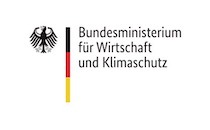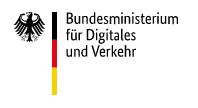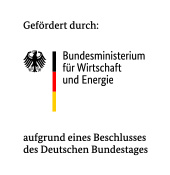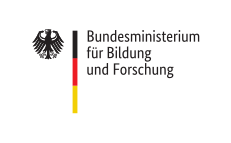GAIA-X aims to create an open, transparent and secure digital ecosystem based on European principles and values, where data and services can be made available, orchestrated and shared in a trusted environment. Contributions to this are currently being made throughout Europe.
Funding authority
Federal Ministry of Economics and Climate Protection
Read the article of the Federal Ministry of Economics and Climate Protection 
Project partners
GAIA-X 4 PLC-AAD is managed by msg systems AG.
The project includes the following participants (13 commercial enterprises and 7 research institutes): 3D Mapping Solutions GmbH, Automotive Solution Center for Simulation e. V., AVL Deutschland GmbH, ADC Automotive Distance Control Systems GmbH, BMW Group, Conti Temic microelectronic GmbH, Deutsches Zentrum für Luft- und Raumfahrt e. V., Fraunhofer-Gesellschaft zur Förderung der angewandten Forschung e. V., Forschungsinstitut für Kraftfahrwesen und Fahrzeugmotoren Stuttgart, Infineon Technologies AG, Institut für Qualitäts- und Zuverlässigkeitsmanagement GmbH, msg Systems AG, Perpetuum Progress GmbH, SETLabs Research GmbH, TH Ingolstadt, tracetronic GmbH, TrianGraphics GmbH, TU Berlin, TU München, Virtual City Systems GmbH.
Project duration
January 2022 to September 2024
Details
GAIA-X4 Product Life Cycle - Across Automated Driving (GAIA-X 4 PLC-AAD) is focusing on the development and establishment of an overarching Open Distributed Data Ecosystem (= ODDE). This ecosystem supports product development, manufacturing, and after sales.
In addition, GAIA-X 4 PLC-AAD addresses selected aspects of the development and operation of automated driving functions, the sensor technology required for this and the underlying methods, as well as a secure integration of developed digital twins into the GAIA-X ecosystem. For this purpose, matching data architectures, information models and the necessary processing procedures are being developed. Many different topics are important when it comes to automated and connected driving, such as vehicle development, verification and validation of driving functions, vehicle production, and the further life cycle including maintenance. In GAIA-X 4 PLC-AAD, some of these topics are taken into account to plausibly demonstrate that it is also possible to map the entire chain.
The GAIA-X 4 PLC-ADD project generates significant added value for the development and production of automated and connected vehicles and for future mobility services based on them.





